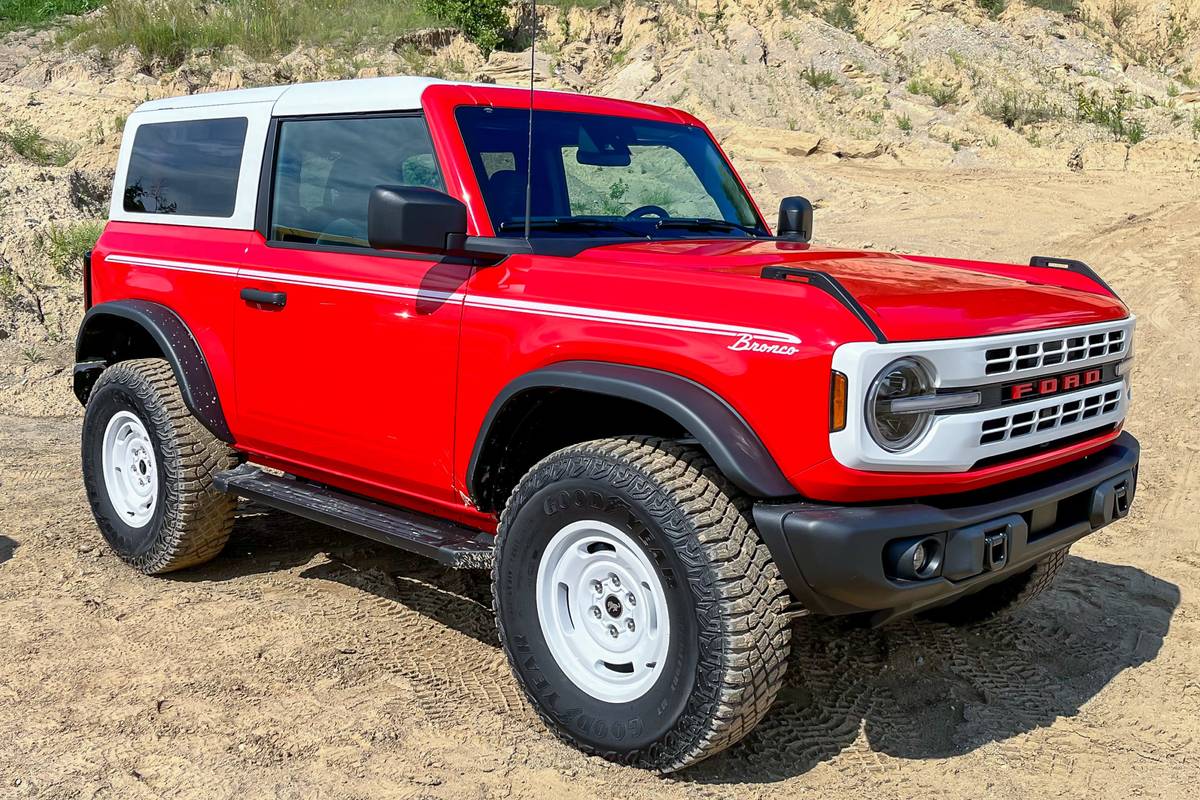The Morning Call and Mcall.com's view
If you were alive and cognizant during the ’70s, you might remember all the designer edition automobiles that were available then, from Givenchy, Bill Blass, Cartier (still used on the Lincoln Town Car), even Levi’s.
If you think consumers are so much more sophisticated these days, may I introduce you to the Outback H6-3.0 L.L. Bean Edition. Of course, the Outback is a designer label itself, being a hiked-up Legacy all-wheel-drive wagon with plenty of SUV styling cues.
If you like your current Outback, you’ll like this one a whole lot more, as Subaru marches upmarket by piling on the posh. But the L.L. Bean label means that the outdoors image this all-wheel-drive car cultivates will not disappear under acres of fake wood and leather seating surfaces.
But it’s not the L.L. Bean label or sublime color combinations that make this car noteworthy. Nope, it’s what’s under the hood that makes this one hot Bean, er car.
Standard on this model as well as the Outback VDC is an all-new 212-horsepower 3-liter horizontally opposed six-cylinder engine. Unlike the six-cylinder used in some earlier cars, this is not just a four-cylinder with two cylinders tacked on. There is a bit more power than the 2.5-liter four, which has a mere 165 horsepower.
The smooth, quiet six moves quite nicely, once you get going. There’s not as much oomph at low speeds as you might expect, but power is excellent otherwise. The standard four-speed automatic transmission shifts with a jolt at times, but behaves all right for the most part. Overall, the drivetrain is much more refined, lacking the throb and vibration that accompanies the smaller 2.5-liter four-cylinder.
All-wheel-drive is standard of course, with power directed to the wheel that needs the power most through a hydraulic transfer clutch, which is activated by an electronic control. In addition, this Outback gets a limited-slip rear differential to direct power to the rear wheel with the most traction.
Of course, if you need safety rather than power, the Outback comes equipped with front and side airbags, and four-wheel-disc anti-lock brakes. The brake pedal action was spongy, but predictable.
Handling was excellent, with body lean coming on before the car lost grip. All-wheel-drive adds tenacious grip to the handling equation, giving a secure feeling while driving. Bump absorption is just average, though noise suppression is good. The six-cylinder’s distinctive whine does filter through the sound-deadening material. Nice.
Inside the driver is reminded that he/she popped for the L.L. Bean Edition because the labels are on the seats and floor mats. The seats are two-tone, but look quite acceptable in warm earth colors.
The dash is pretty much like other Outbacks. The center stack has an easy to operate automatic climate control. It’s stacked around the McIntosh Audiophile AM/FM/weather band/cassette/CD sound syste m. The center console has plenty of room for storage, although the cupholder will only accommodate two soda cans. The dash is trimmed with fake wood, as is part of the steering wheel. It lends the interior a somewhat luxurious feel.
The seats were covered in a fine quality leather, although the seats themselves were quite hard. Seat heaters are included and appreciated on those single digit mornings. When the weather gets warmer, front and rear sliding sunroofs will let the sunshine in.
The Outback with a base wagon starts at $22,895. This climbs to the Limited at $26,295 and then the H6-3.0 L.L. Bean Edition which has a base at $29,495. With a base price this high, some may want to compare it to the VW Passat 4Motion, with similar pricing. Then again, some don’t like European labels.
EPA ratings are 20 city, 27 highway. Test mileage yielded 18 mpg in mixed driving.
Sneer at the designer label all you want, but this earth shoe has been tran ormed into a handsome loafer by an all-new engine. The zippy V-6, refined interior appointments and all-weather capability will have this model on many shopping lists.
Latest news



